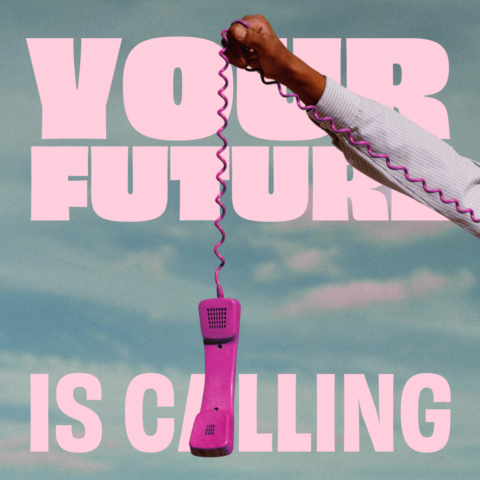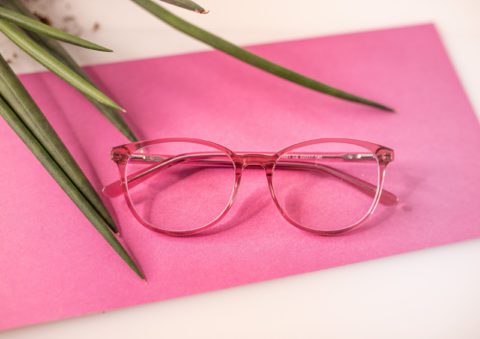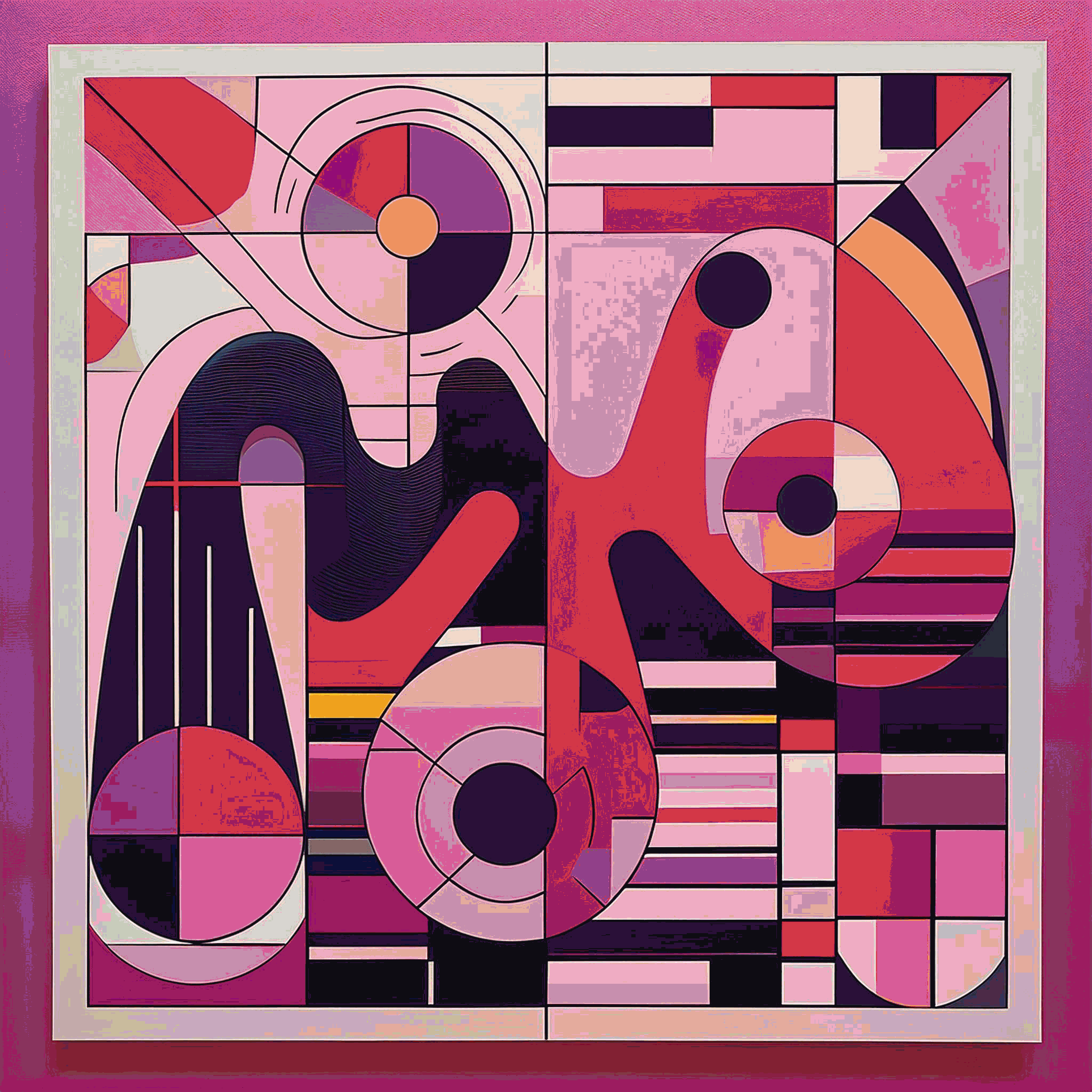
Idea Foreplay: 7 Ways To Boost Your Creativity (Backed By Science)
It's a common enough problem—you know you have to get something done (the deadline is coming up, after all), but...the ideas just aren't flowing.
You might even start to panic. What if the ideas never come? You'll be homeless before you know it. You'll have to call your parents and tell them you've failed...and face the pity of all your friends and family. Maybe it's not too late to get a job washing dishes...
Stop. Breathe. No matter how creative you are—how successful, respected, and good-looking—sometimes the creative juices just freeze up.
What we have here are proven techniques to get everything running smoothly again. Check it out.
“Creativity is kind of like pornography you know it when you see it.”
— Rex Jung
#1. Think Dumb
“If at first the idea is not absurd then there is no hope for it.”
— Albert Einstein

One of the beasts we face when the ideas just aren't coming is the pressure to excel. We want great ideas—incredible game-changers that will solve our problem totally in a free way that no one else saw coming. We want to joy (and the reputation) that comes from creative solutions.
But that pressure doesn't do anything to help us. On the contrary, it can act like a mental block. When you should be inventing and scribbling and creating like a blissed-out jazz pianist, instead you find yourself chewing your nails and staring at the clock.
How to break out? Experts recommend bad ideas.
What? It's often called Worst Possible Idea, and it's a popular game in design circles. The goal? To come up with the worst, most ridiculous, most useless solution to the problem at hand.
Try it. Here's why it works: it loosens you up (goodbye pressure) AND it forces you to approach the problem differently. You'd be shocked how often an intentionally crappy thought yields the nugget of something brilliant. After all, every idea stems from a combination of some other ideas, combined in new and interesting ways.
As Thomas Edison once said, “To invent, you need a good imagination and a pile of junk.”
#2. Play The Pattern Game
“The interpretation of our reality through patterns not our own, serves only to make us ever more unknown, ever less free, ever more solitary."
— Gabriel Garcia Marquez

Our brains are pattern-recognition machines. That's what makes us a formidable species. We don't have claws, beaks, or razor-sharp teeth. We should be so much kibble for every big predator on the planet. BUT, we're good at recognizing patterns, and using those patterns to extrapolate into the future.
Understand that (and use it) to boost your creative energy into overdrive.
One way to foster creativity is through recognizing patterns in what we observe. For example, if you read a lot of detective novels, you might realize that detective fiction uses a finite number of motifs and be able to predict the outcome of stories with similar premises.
Of course, some people are better than others at picking up patterns quickly, but you can sharpen your pattern-recognition skills in a variety of ways by studying math, nature or art.
#3. Move Things Around (And Break Your Pattern)
"Creativity involves breaking out of established patterns in order to look at things in a different way."
— Edward de Bono

OK, now this is the exact opposite.
The cost of all that pattern recognition software in your head is that our brains tend to go on auto-pilot as soon as they deem it possible. There's a lot going on in the world at any given time, and billions on billions of data points to process. So when your brain recognizes something as a repeat, inconsequential event—well, it just stops paying attention altogether.
Same route to work? Your brain checks out. Same pants, same shirt, same coffee...you get the idea.
Our routines are great for comfort, but they can also be the very thing keeping our brain from working hard to uncover inspiration.
The good news is, studies have repeatedly shown that it doesn't take much of a change to nudge your brain into thinking differently. Switch up your routes around the neighborhood. Try a different brand of coffee. Anything to make your brain say something like, "huh, the pattern's broken today".
As the research psychologist Robert Epstein was quoted saying by Entrepreneur magazine, “You want your physical and social surroundings to change. If it’s the same old stuff on the walls and your desk -- and the same people you’re talking to -- that’s not necessarily good for creativity.”
#4. Find Some Joy
"Creativity involves breaking out of established patterns in order to look at things in a different way."
— Edward de Bono

Albert Einstein once wrote in a letter to his son, "That is the way to learn the most, that when you are doing something with such enjoyment that you don't notice that the time passes," Einstein wrote. "I am sometimes so wrapped up in my work that I forget about the noon meal."
Now I don't know about you, but if Einstein suggests something I tend to listen.
And what he's saying here holds particularly true for creative work. So much of our creative energy stems from joy, beauty, laughter, etc...all the things that make life fun. But when we're approaching our work, it can be easy to lose that all-important lightness.
That's why its important to keep the balance, and pursue what makes you happy when you're facing a rut. Not only does it keep your mental wellbeing in check—it can also yield beautiful value in your work.
#5. Feed Your Fire
“The mind is not a vessel to be filled, but a fire to be kindled.”
― Plutarch

Curiosity is not an indulgence.
Unfortunately, too many of us spend our school years being taught not to "go down the rabbit hole" of whatever truly fascinates us, instead being forced into narrow boxes of what is practical, popular, or "important"
Stuff that old thinking in a box. Creativity is nothing but curiosity and hard work combined. Or to try another metaphor: you need to fuel the fire of your creative output—and your natural curiosity is where you get the kindling.
As I mentioned earlier, brilliant breakthroughs are often no more complicated than two old ideas combined in a new manner. Even the experts recognize that definition of innovation.
So, when we're looking to create bold, brave new concepts...there's nothing more valuable than a deep, wide well of ideas to draw on. And the only way to create that well of ideas is to consume as many new thoughts, new pieces of knowledge, from as many varied sources as possible.
#6. Walk The Line
"Creativity involves breaking out of established patterns in order to look at things in a different way."
— Edward de Bono

The power of walking is seriously powerful. And seriously possible.
Aristotle was infamous for it. Ditto for Beethoven and Thoreau. Steve Jobs was so into it, he made it a core piece of his identity.
What's the deal?
Well, turns out the average American spends between 7 and 15 hours sitting down every single day.
That's an ungodly amount of time not moving at all.
And unfortunately for us, all that inertia is bad for our brains.
Our brains, after all, are just another part of our bodies. And our bodies thrive on activity and exercise.
Famous studies (from Stanford and others) have proven what all those famous thinkers already knew: that walking fuels creative thinking.
So why not give it a try.
#7. Try On 6 Hats
“Creativity involves provocation, exploration and risk taking. Creativity involves "thought experiments." You cannot tell in advance how the experiment is going to turn out. But you want to be able to carry out the experiment.”
― Edward de Bono, Six Thinking Hats

In 1985, Edward De Bono wrote Six Thinking Hats.
He gave you (and me) a gift.
The premise of the 6 hats method is this: we are all predisposed to think in a certain way. We're all guilty of sticking to what's comfortable. Meanwhile, we are all also capable of thinking in a myriad of different ways. Different situations put us in different frames of mind, which inevitably leads us to new and different ideas.
So, the 6 hats game is just this: try approaching your problem from 6 angles. Try on each of the 6 hats, and see how your perspective changes.
Here they are:
The Blue Hat: The broad outlook. What are all the factors at play here? The stakeholders? (thinking with this hat often takes the form of a list).
The Black Hat: A negative perspective. Which parts of your ideas won't work? (if you're feeling stuck, this might not be too hard...)
The Yellow Hat: The flipside―a positive perspective. What parts of your solution would definitely work?
The Green Hat: Think different. What are the wildest alternatives you can possibly think of?
The Red Hat: The emotional hat. What do your feelings say right now? How do you respond to the situation on an emotional level?
The White Hat: The objective and reasonable hat. What are the facts here? What is the objective truth?





